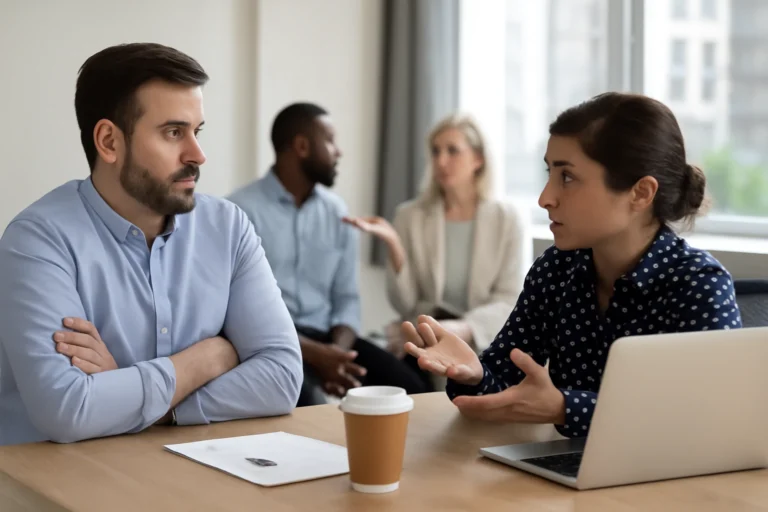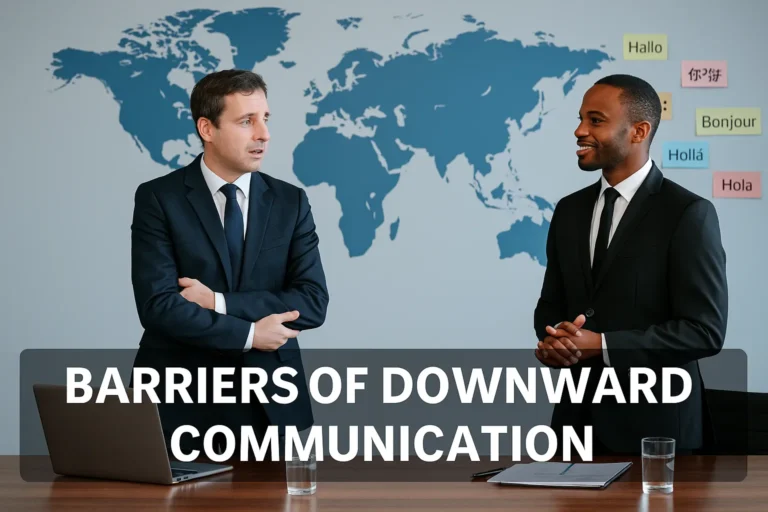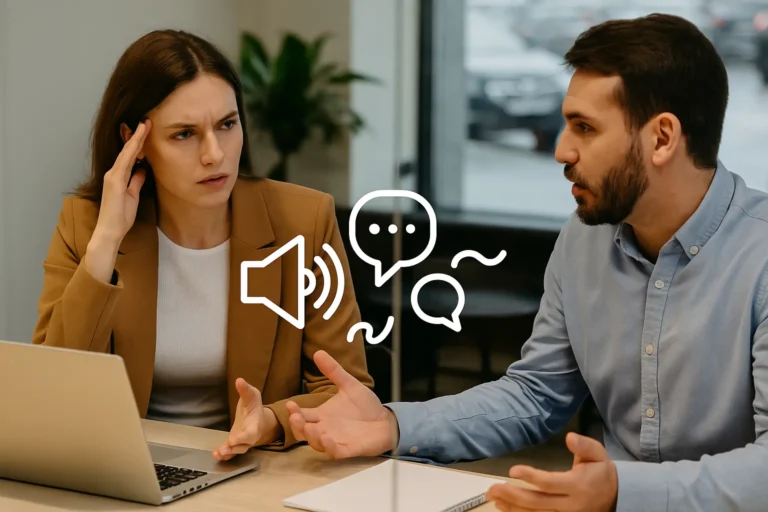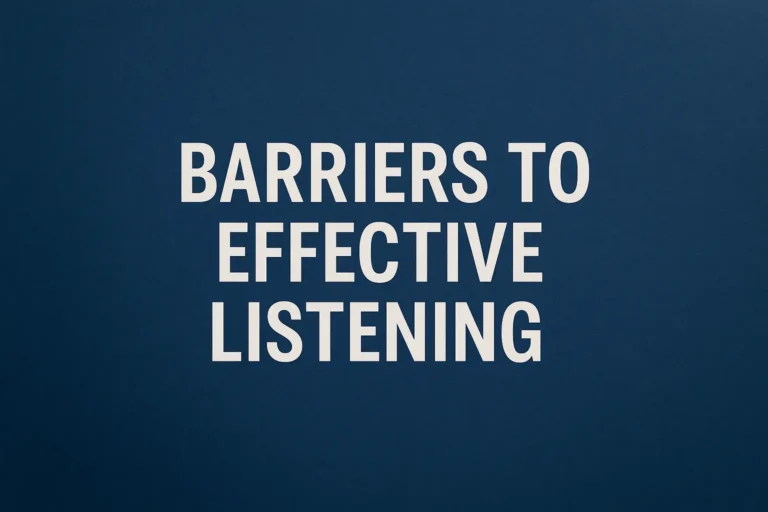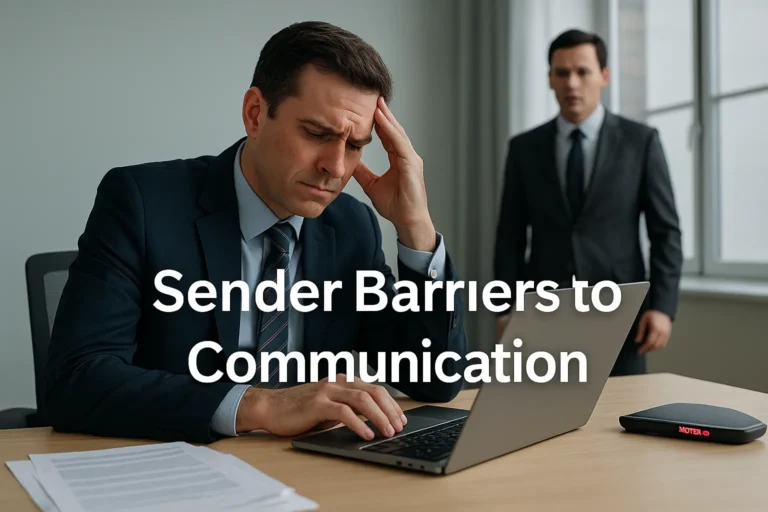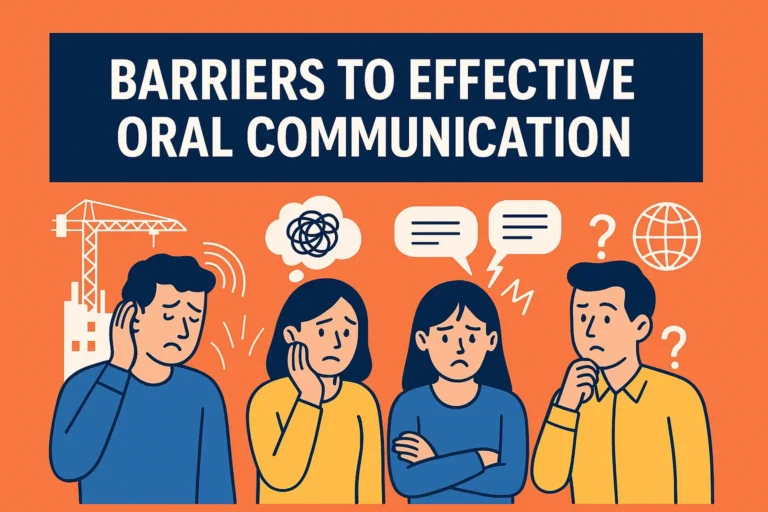Barriers to Mass Communication
Mass communication plays a huge role in shaping how people see the world. But despite all our advances in technology and media, obstacles still disrupt the flow of information every day. These challenges can cause misunderstandings, fuel misinformation, and even threaten public trust. At their worst, barriers of mass communication can prevent entire communities from making informed choices about health, politics, safety, and more. So what exactly stands in the way, and what can be done to address these challenges?
What Is Mass Communication?
Mass communication is the process of sending messages, ideas, or opinions to a large, diverse group of people. It usually happens through channels like newspapers, television, radio, online platforms, and even outdoor advertising. The main purpose is to inform, educate, entertain, or persuade a broad audience. But the success of mass communication depends on many factors—including the message, the channel, the sender, the receiver, and the environment.
Channels of mass communication have unique strengths and weaknesses. For example, television offers a blend of sound and visuals, making it great for storytelling and emotional impact. Primetime TV slots (7-10 pm) reach millions but are expensive and competitive. In contrast, radio can cover remote areas with low infrastructure, making it essential during disasters or emergencies. However, radio messages disappear unless repeated or recorded, so listeners can easily miss them.
Online communication—through websites, news portals, and social media—allows information to travel across borders instantly and stay available for repeated viewing. But digital channels bring their own risks, including cybercrime, fake news, and privacy issues. Understanding the characteristics of each medium is crucial for overcoming mass communication barriers.
Types of Mass Communication
Mass communication is much more than television or print. Today, the media landscape is broad and constantly shifting. Let’s break down the main forms of mass communication and their unique challenges.
Print Media
- Newspapers keep people updated on local and global news.
- Magazines offer in-depth stories or focus on specific topics.
- Books can also play a role in shaping public opinion, especially when widely read.
While print is trusted for accuracy and permanence, it faces hurdles in speed and reach compared to digital channels.
Broadcast Media
- Television combines audio and visuals, perfect for news, entertainment, and education.
- Radio is crucial for quick updates, especially in areas with limited internet or TV.
Both rely on signal coverage and infrastructure, which can be unreliable in remote or disaster-stricken areas.
Digital Media
- Websites and News Portals make information accessible 24/7.
- Social Media (like Instagram, X, TikTok) enables instant sharing and viral trends.
- Podcasts and Webinars reach niche audiences with specialized content.
Online spaces are powerful, but they also expose people to misinformation, cybercrime, and digital privacy concerns.
Mobile Communication
Smartphones have changed the way information is received and shared. News apps, alerts, and group chats can spread updates quickly. Yet, not everyone has equal access to mobile technology—an example of the “digital divide.”
Outdoor Media
Billboards, banners, and public screens catch people’s attention in public spaces. They’re ideal for quick messages but limited in the details they can provide.
Film, Video, and Streaming
Movies and streaming platforms are not just for entertainment. They can spark social change, start conversations, and even educate on global issues. Services like YouTube and Netflix have made it possible for anyone to reach a mass audience, but audience fragmentation is now a real challenge.
Understanding the Barriers of Mass Communication
Even with all these channels available, barriers can pop up at any stage—from message creation to delivery and reception. Let’s look at the main types of barriers and their effects.
Physical Barriers
Geography, infrastructure, and environmental conditions can prevent messages from getting through. People living in remote villages may not have internet or even radio coverage. Natural disasters can wipe out communication lines, making it difficult for vital information to reach affected areas.
Semantic Barriers
These are obstacles related to language and meaning. When messages are filled with jargon, slang, or cultural references, they might confuse or alienate some audiences. Sometimes, simple translation mistakes can completely change a message’s intent.
Psychological Barriers
Personal beliefs, biases, and attitudes affect how people receive information. If someone mistrusts a news outlet or holds strong opinions on a topic, they might ignore or misinterpret messages. Fear, anxiety, or trauma can also filter how mass messages are understood.
Technological Barriers
Unequal access to technology—the “digital divide”—keeps billions of people offline (World Bank Digital Development). In addition, slow internet, lack of devices, or cybercrime all limit how far and how fast a message can spread. Technical glitches, outdated software, and compatibility issues create further obstacles.
Noise and Distractions
“Noise” is any interference that disrupts the message. This could be literal (static on a radio), visual (poor-quality video), or even mental (information overload). In a world filled with distractions, keeping attention is half the battle.
Gatekeeping and Algorithms
Information doesn’t flow freely. Editors, social media platforms, and search algorithms decide which messages get through and which are buried. This “gatekeeping” shapes public discourse and can sometimes restrict important or minority viewpoints.
Audience Fragmentation
Audiences are no longer unified. With so many channels and platforms, people now choose sources that match their interests or beliefs. This fragmentation means mass communication strategies must adapt and personalize messages for different groups.
Credibility and Trust
People are more skeptical than ever. Concerns about “fake news,” media bias, and misinformation mean that building trust is a major hurdle for communicators. Source credibility and transparency are essential for effective communication.
Accessibility and Inclusion
Mass communication often leaves out people with disabilities or those who speak minority languages. Barriers include lack of closed captioning, sign language, or accessible formats. Making information available to everyone is not just fair—it’s required by law in many countries.
Regulatory and Ethical Barriers
Laws, censorship, and ethical standards can limit what can be said or shown. Privacy laws, broadcasting rights, and ethical guidelines all shape the mass communication landscape.
Media Literacy
Media literacy means being able to analyze, evaluate, and understand information from media sources. It empowers people to spot misinformation, bias, and manipulation. In today’s world, teaching media literacy is more important than ever. Schools, families, and even workplaces now focus on helping people tell the difference between fact and opinion, recognize trustworthy sources, and understand the influence of algorithms and social networks.
Feedback Mechanisms
Feedback loops allow audiences to react, comment, or correct information. In print and broadcast media, feedback used to be slow—letters to the editor or call-in shows. Digital media and social networks have changed this. Now, feedback is instant and public. Comment sections, shares, likes, and direct messages can help communicators improve, but they can also spread negativity or amplify misunderstandings.
How Misinformation and Algorithms Create New Barriers
Misinformation, disinformation, and “fake news” have become part of everyday life. Social media algorithms often show users what they already believe, creating “echo chambers” and filter bubbles. This can make it even harder to reach a mass audience with balanced, factual information. Communication professionals must work extra hard to build trust, provide sources, and correct errors when they happen.
How to Overcome Mass Communication Barriers
- Governments and organizations can invest in better networks, more affordable devices, and widespread access to digital services.
- Use local languages and simple vocabulary whenever possible. Provide translations and visual aids to bridge language gaps.
- Encourage critical thinking, teach how to check facts, and offer resources to recognize bias.
- Make content available in multiple formats—audio, video, text, and sign language. Follow accessibility guidelines and seek feedback from people with disabilities.
- Invite questions, allow comments, and respond to criticism. When mistakes happen, correct them publicly and quickly.
- Partner with community leaders, health workers, or influencers who have established trust with their audiences.
- Adapt messages to reflect cultural beliefs, habits, and concerns. Avoid jargon or references that may not be familiar to all.
- Stay up-to-date on laws and ethical standards. Be transparent about sponsorship, advertising, or partnerships.
- Visual storytelling can cross language barriers and make information more memorable. Use real stories, photos, and simple graphics to connect with people.
- Use fact-checkers, trusted news sources, and partnerships to identify and debunk false claims quickly.
Conclusion
Barriers of mass communication can seem overwhelming, but understanding them is the first step to making sure no one is left out. Each obstacle—whether physical, linguistic, technological, or psychological—affects how people receive and act on information. The stakes are high: health, education, democracy, and public safety all depend on reliable mass communication.
Communication professionals, governments, and everyday people all play a part. From building digital infrastructure to fostering trust and teaching media literacy, the path forward is clear. The goal is simple: make sure every voice is heard, and every person has access to the information they need.

